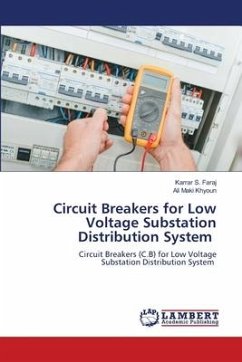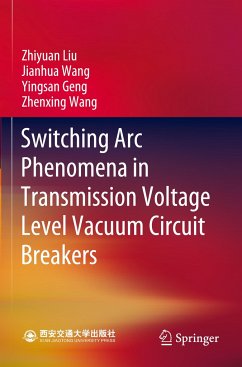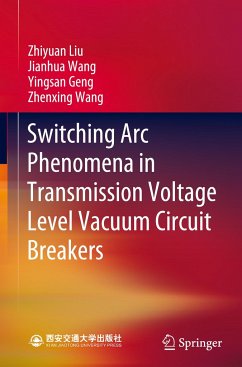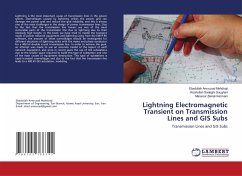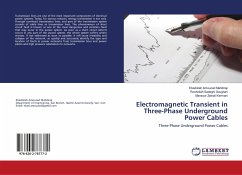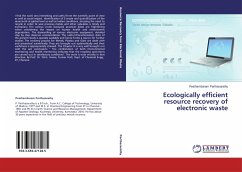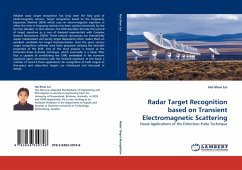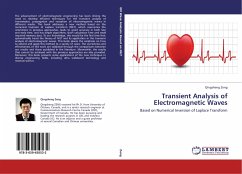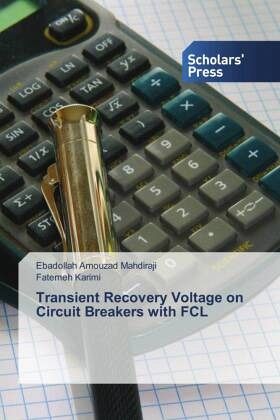
Transient Recovery Voltage on Circuit Breakers with FCL
Versandkostenfrei!
Versandfertig in 6-10 Tagen
40,99 €
inkl. MwSt.

PAYBACK Punkte
20 °P sammeln!
In recent years, the use of fault current limiters (FCL) to limit fault currents in transmission lines has expanded. Applying these limiters near the circuit breakers (CB) can cause a change in the transient recovery voltage (TRV) of the circuit breakers when disconnected. Installing FCLs can increase the rate of rise of recovery transient voltage (RRRV) of the two ends of the breaker or the maximum TRV in the circuit to such an extent that it exceeds the tolerable limit of the switch. On the other hand, due to the fact that the RRRV circuit compared to the maximum TRV circuit, the breaker per...
In recent years, the use of fault current limiters (FCL) to limit fault currents in transmission lines has expanded. Applying these limiters near the circuit breakers (CB) can cause a change in the transient recovery voltage (TRV) of the circuit breakers when disconnected. Installing FCLs can increase the rate of rise of recovery transient voltage (RRRV) of the two ends of the breaker or the maximum TRV in the circuit to such an extent that it exceeds the tolerable limit of the switch. On the other hand, due to the fact that the RRRV circuit compared to the maximum TRV circuit, the breaker performance is more difficult, so it is more important. The simulation results confirm the effect of the proposed idea on the improvement of the transient recovery voltage in the circuit. However, the load on the circuit breakers depends not only on the break current but also on the RRRV. Based on the equivalent model for induction FCL for FCL terminal fault (TF) and short line fault (SLF), mathematical relationships are proposed to describe the relationship between RRRV and current limiting coefficient, scattering capacitor and short-line distance. In a resistive FCL, mathematical expression ena



